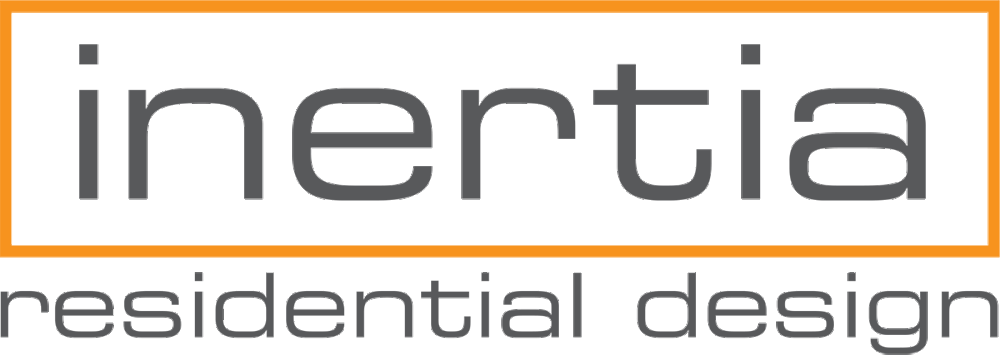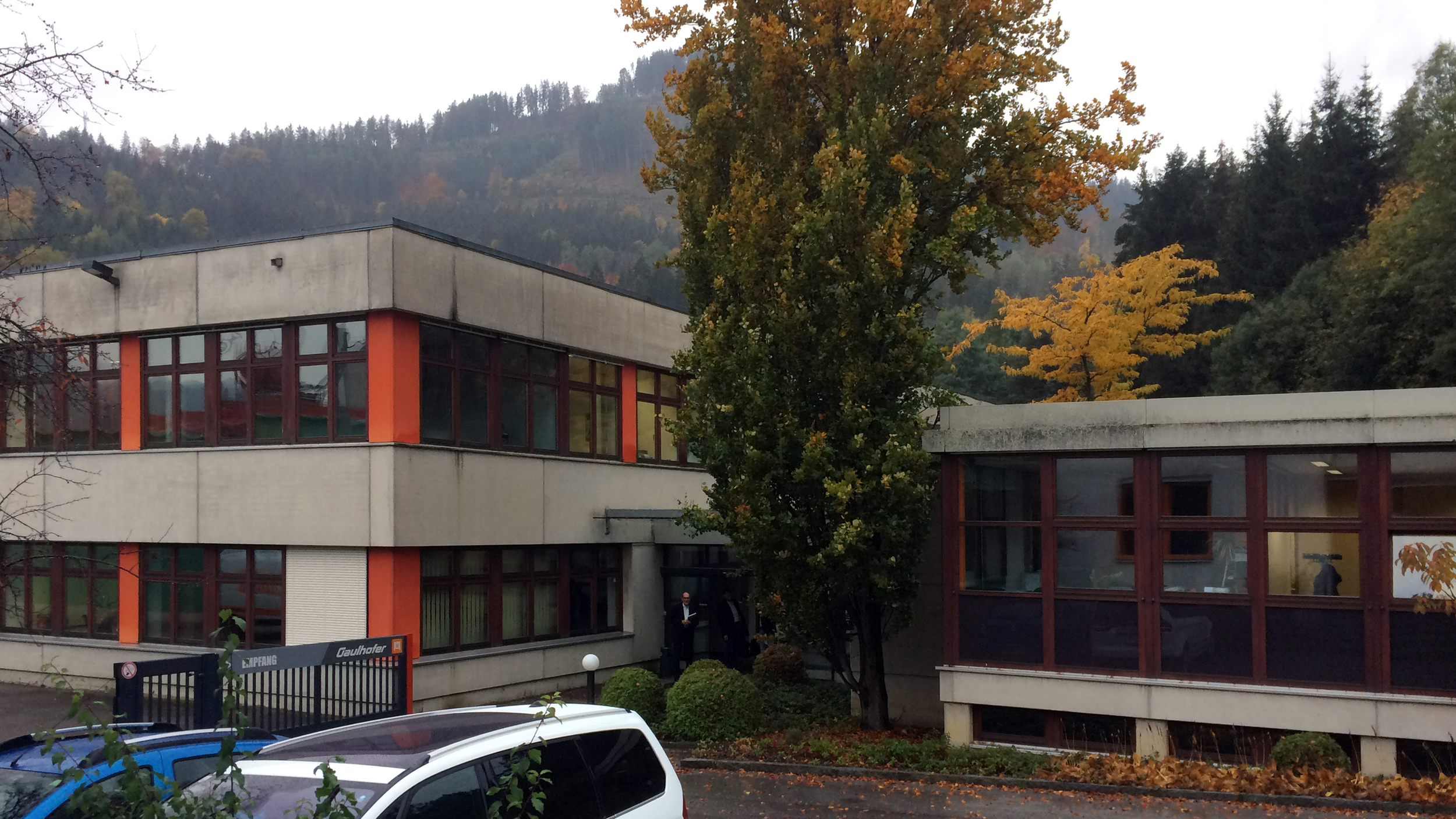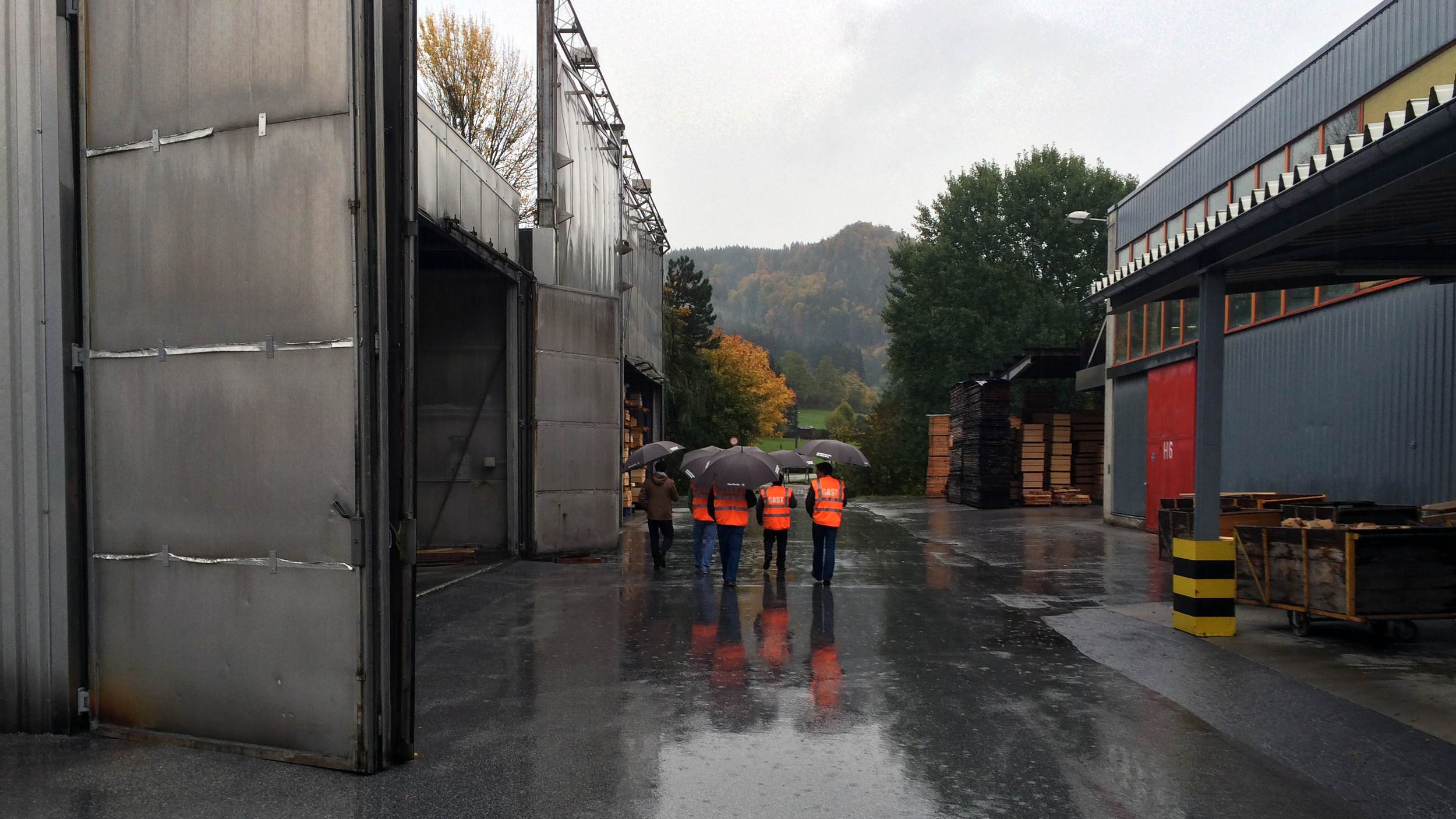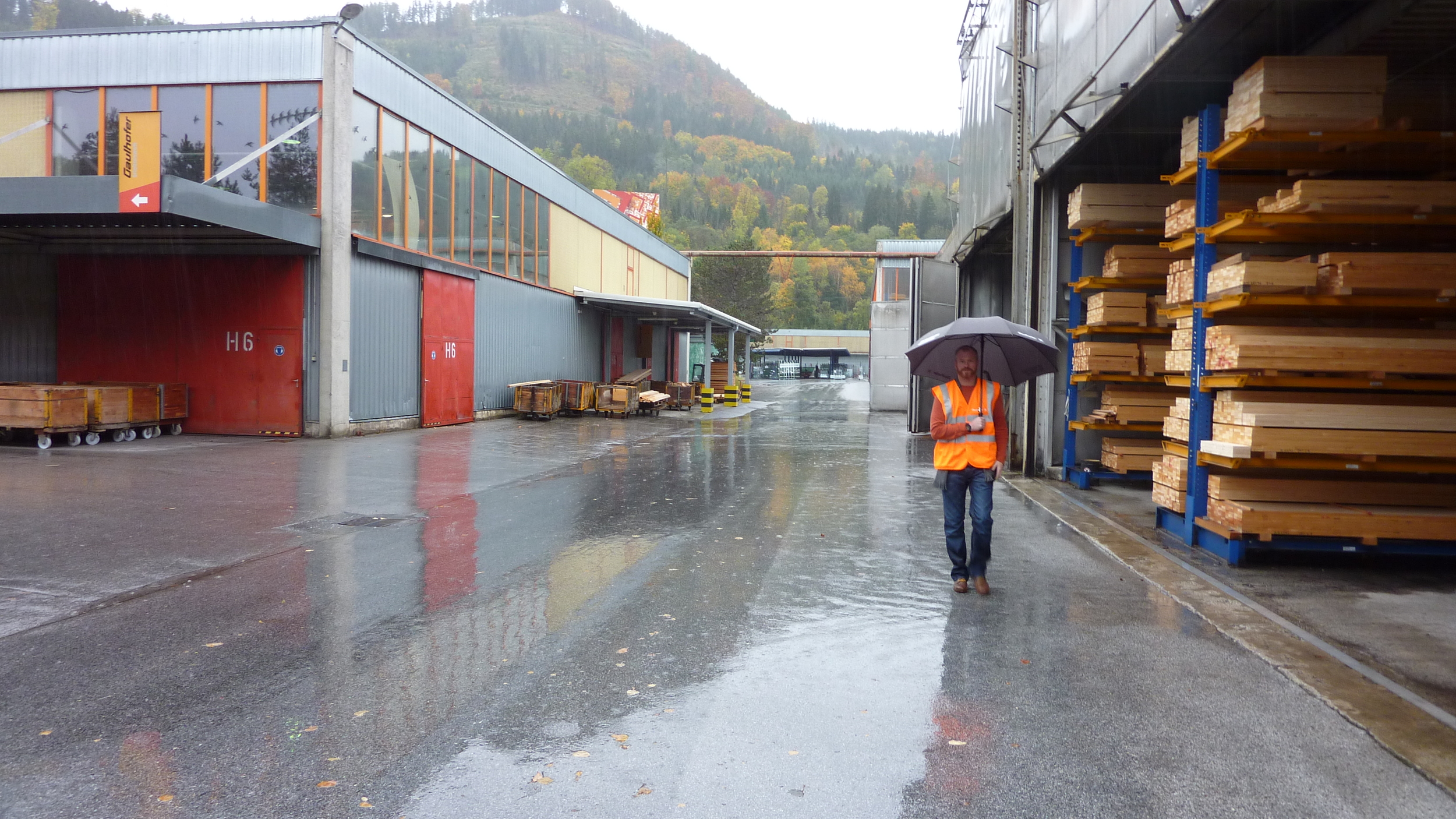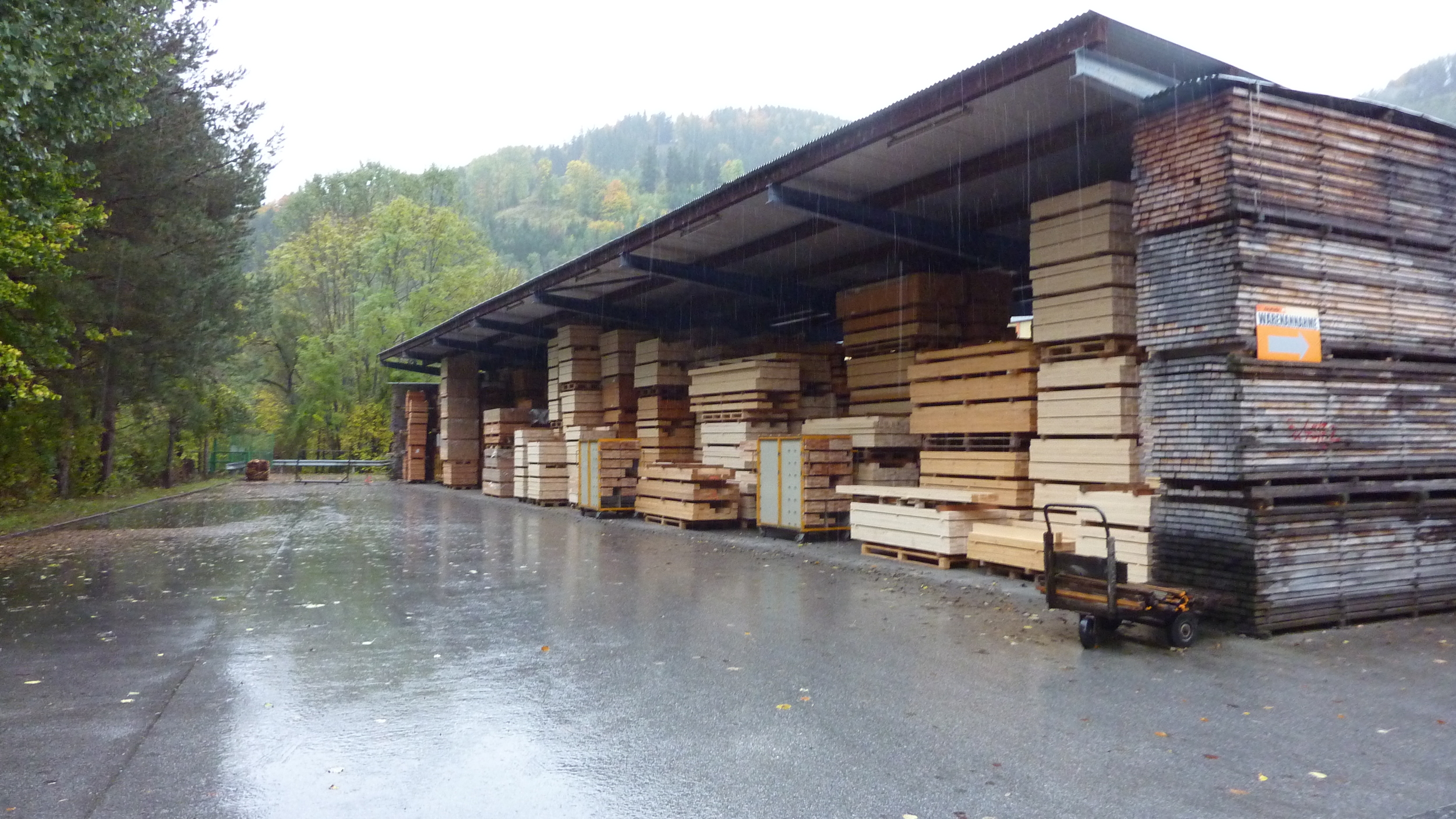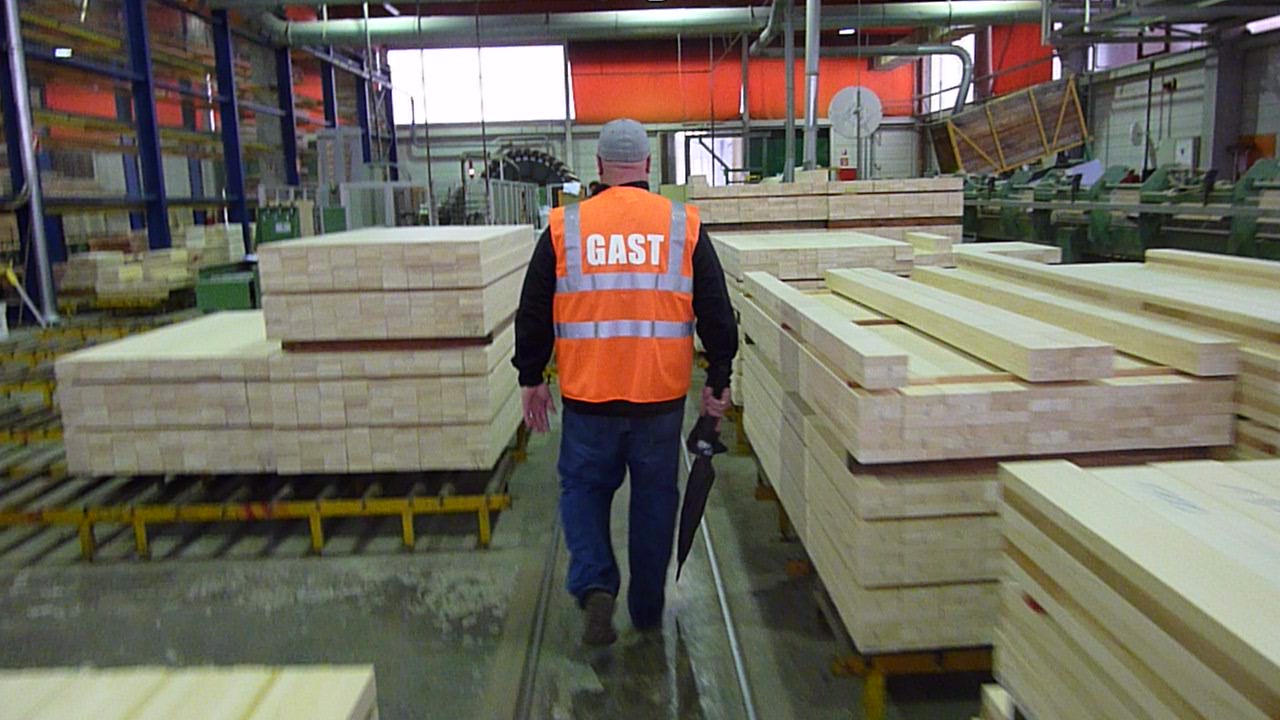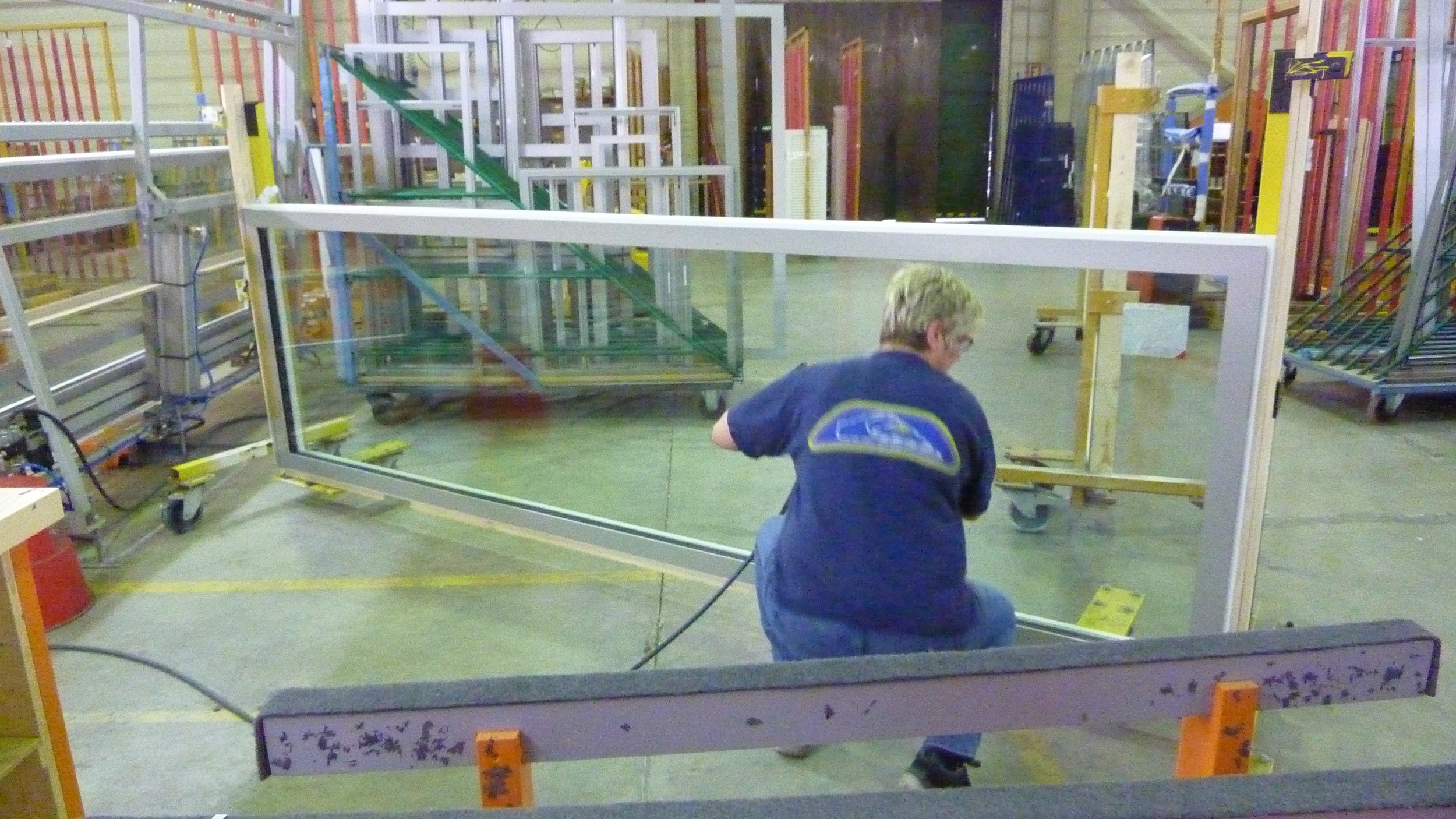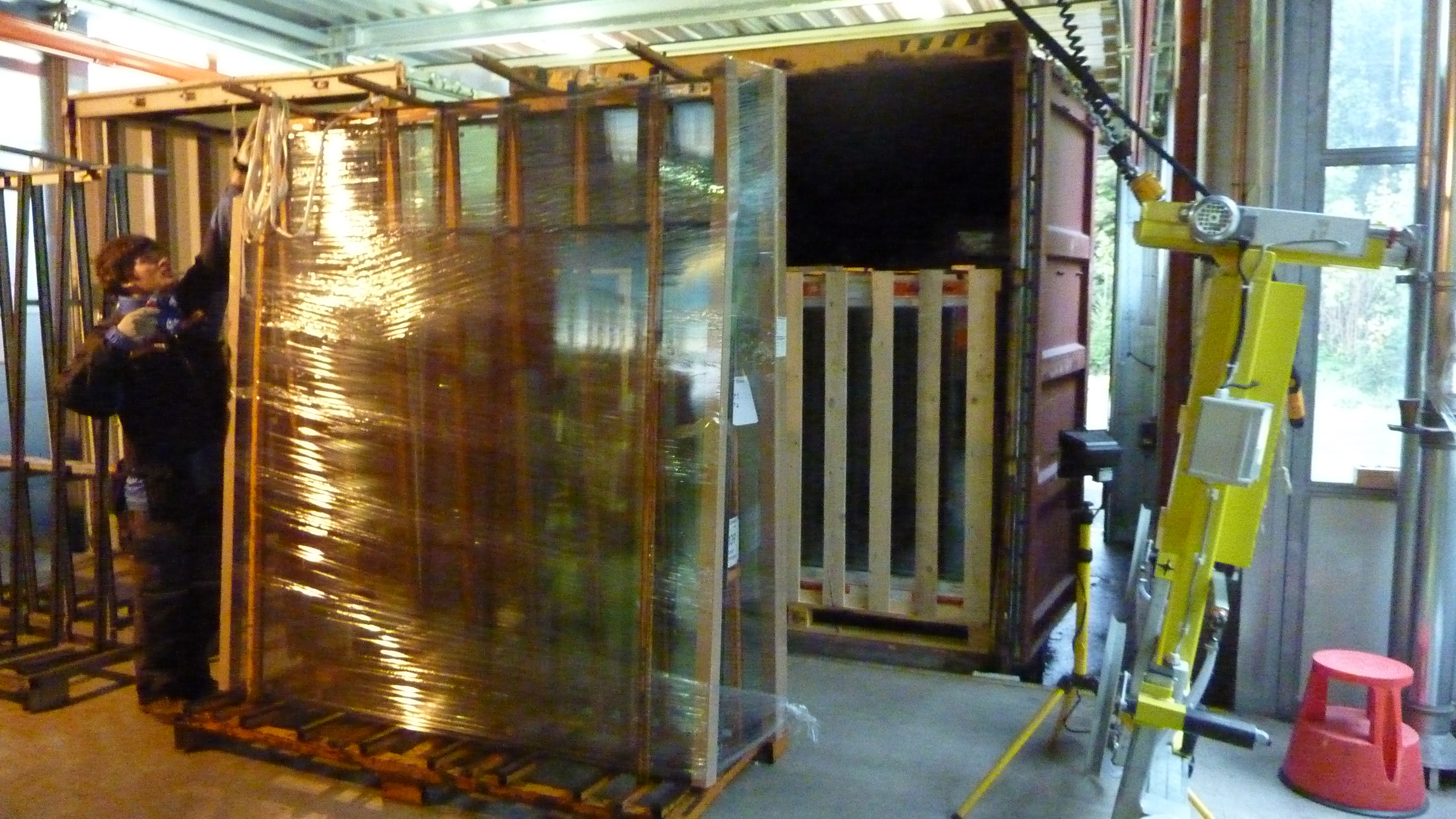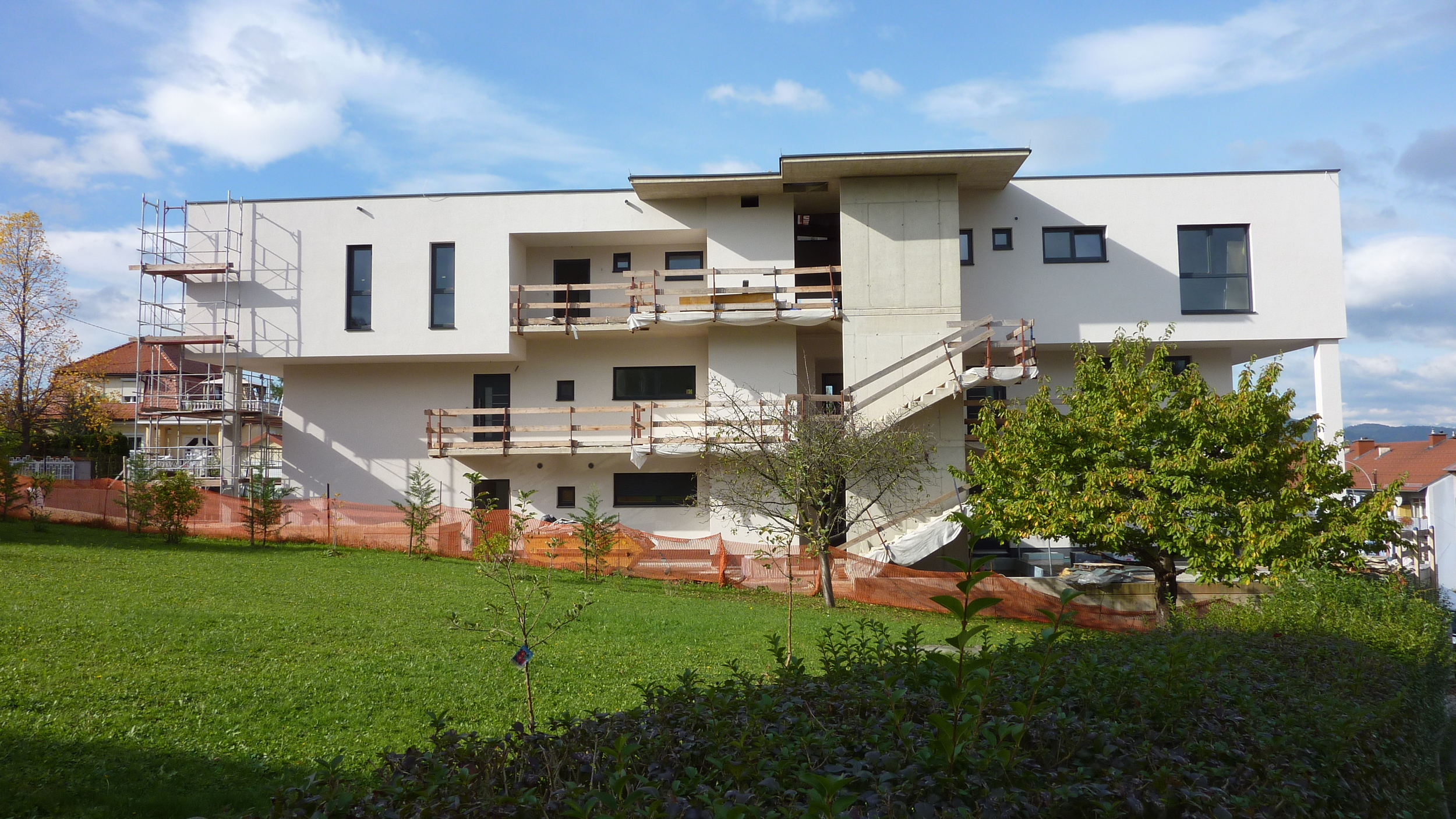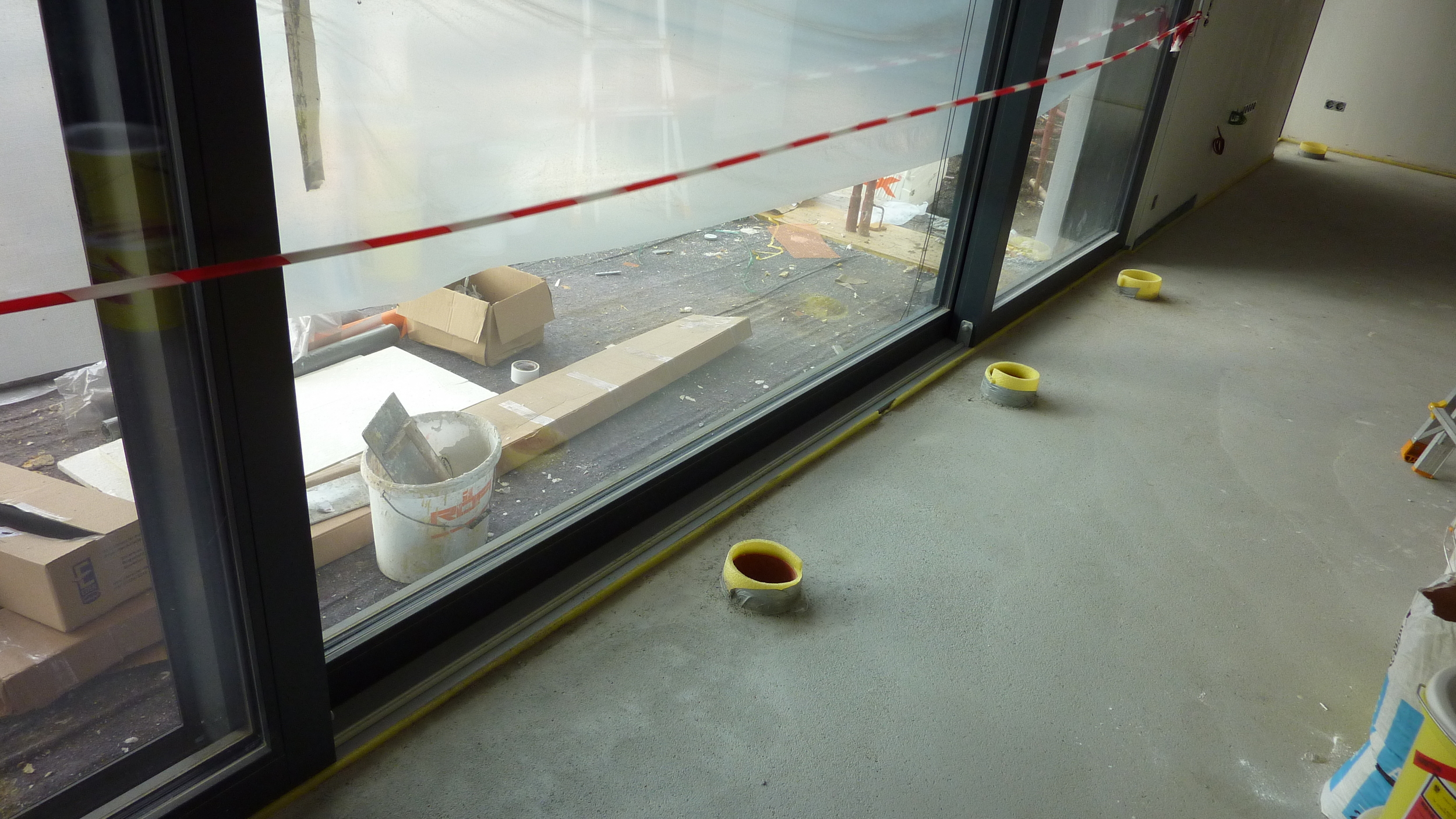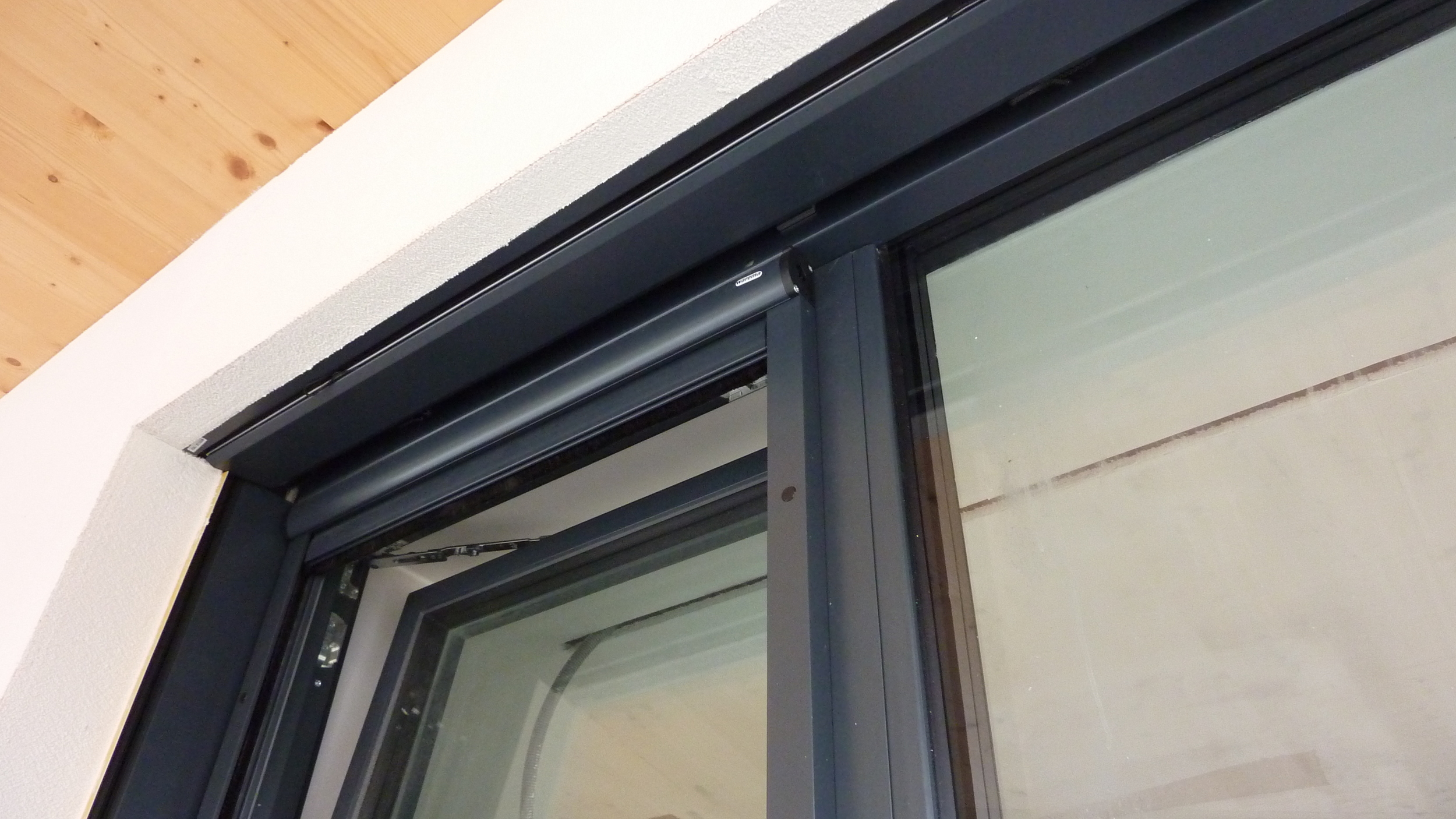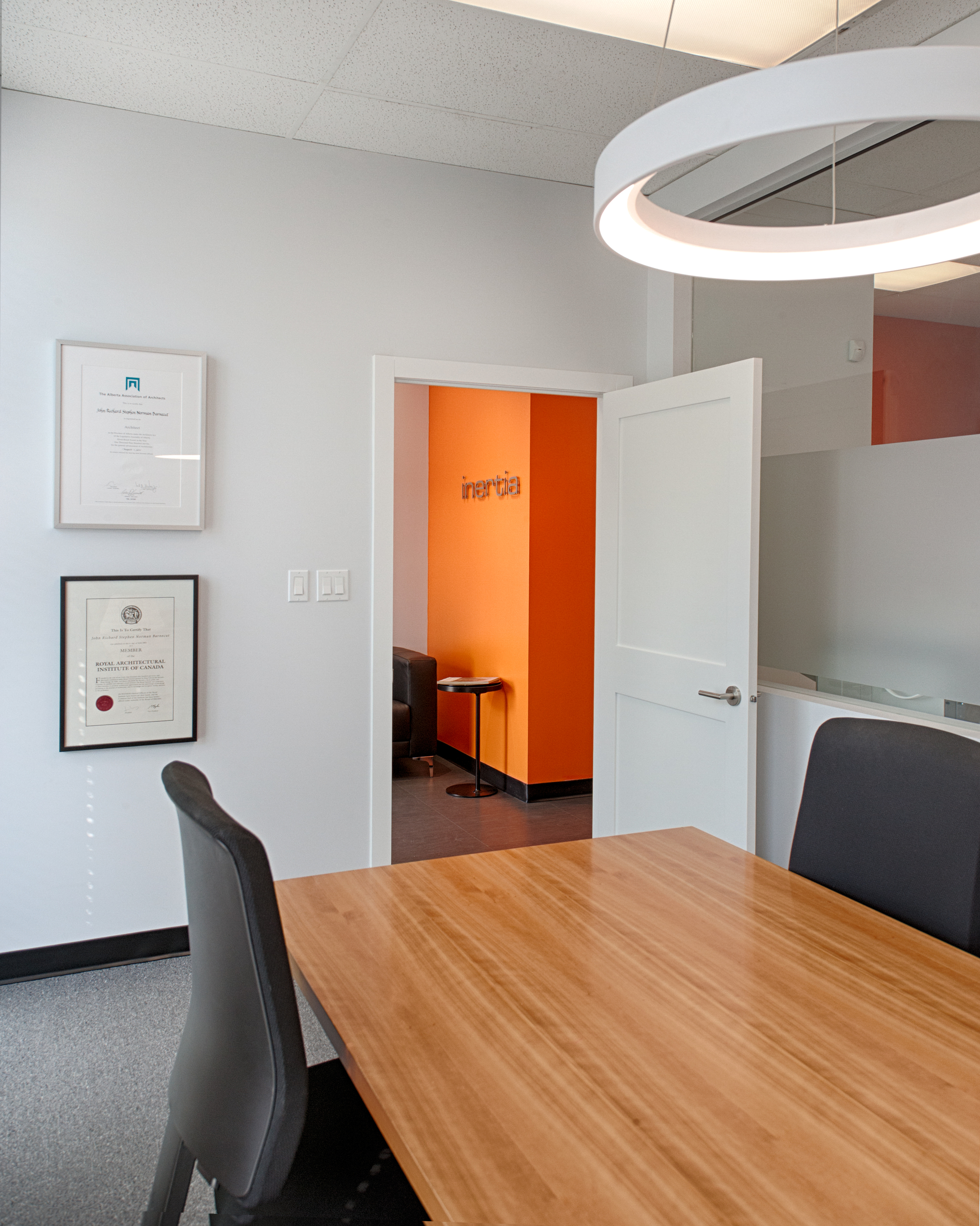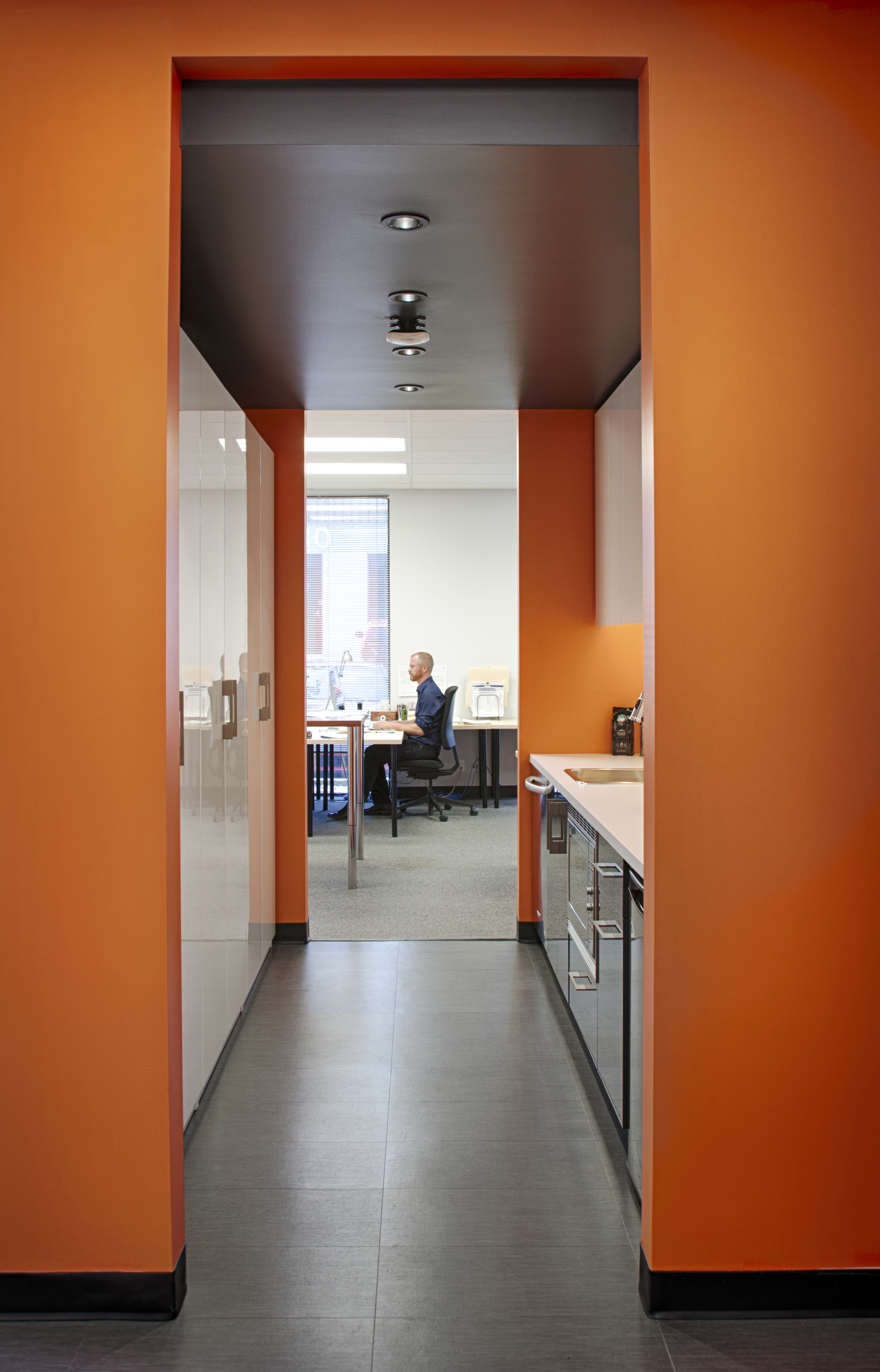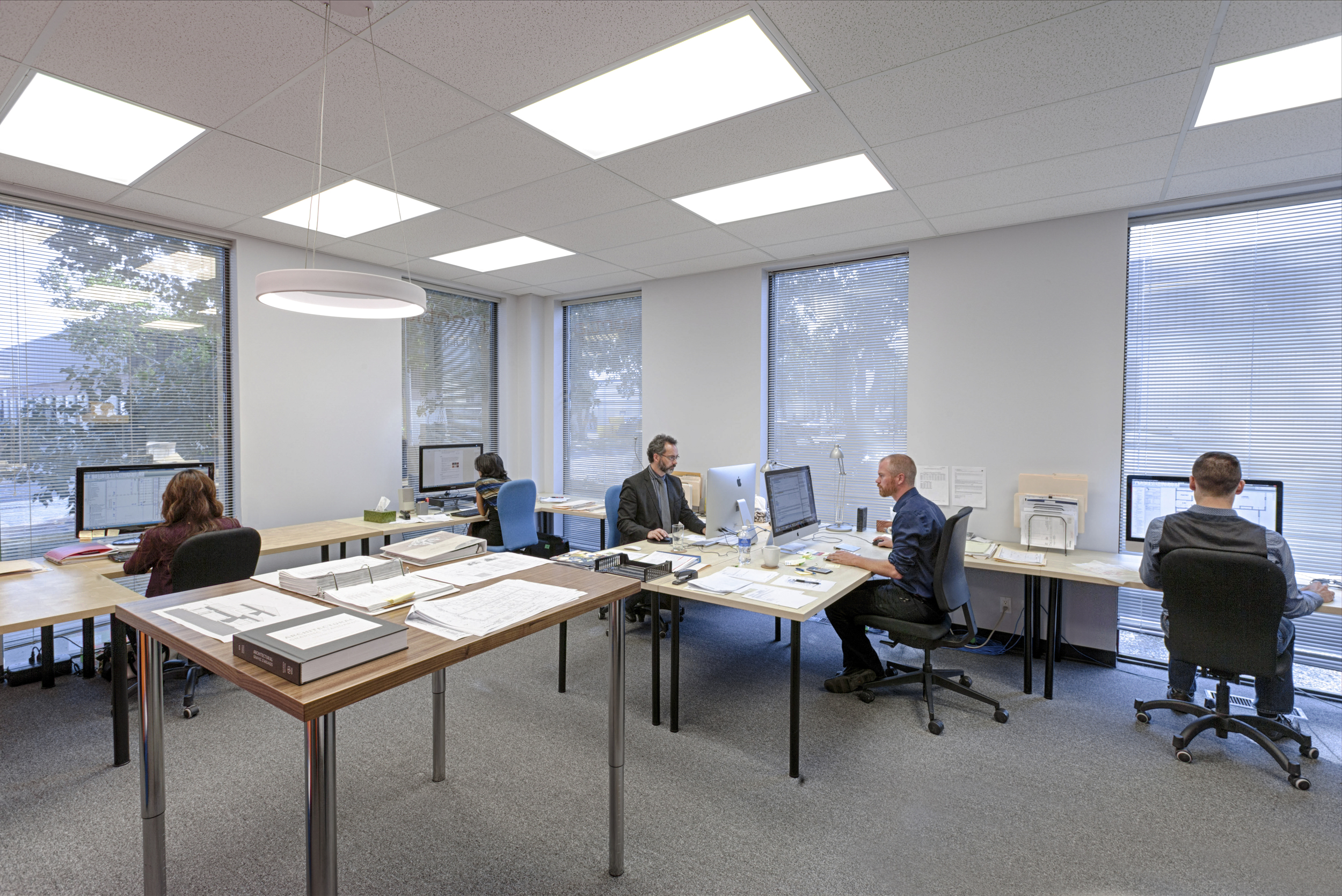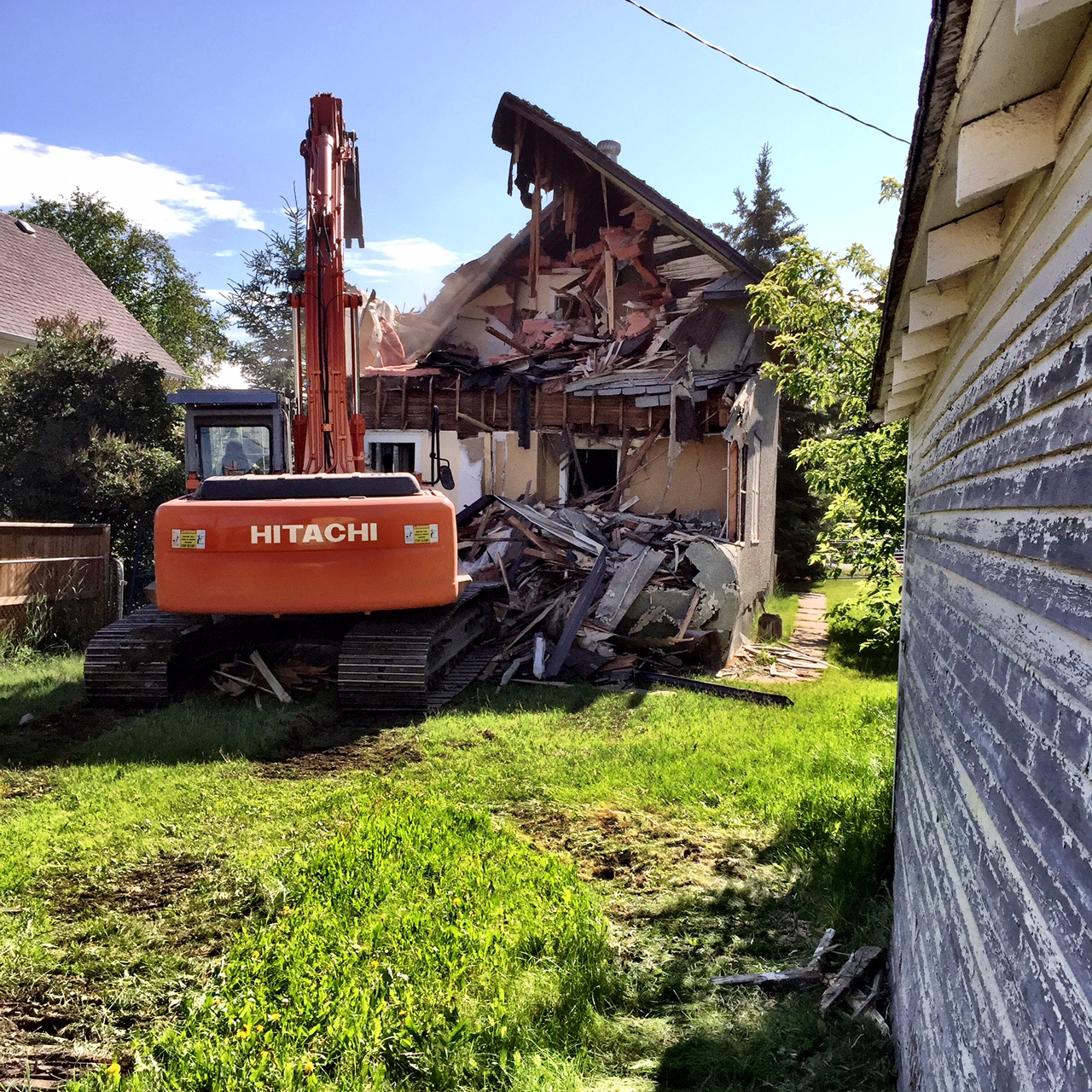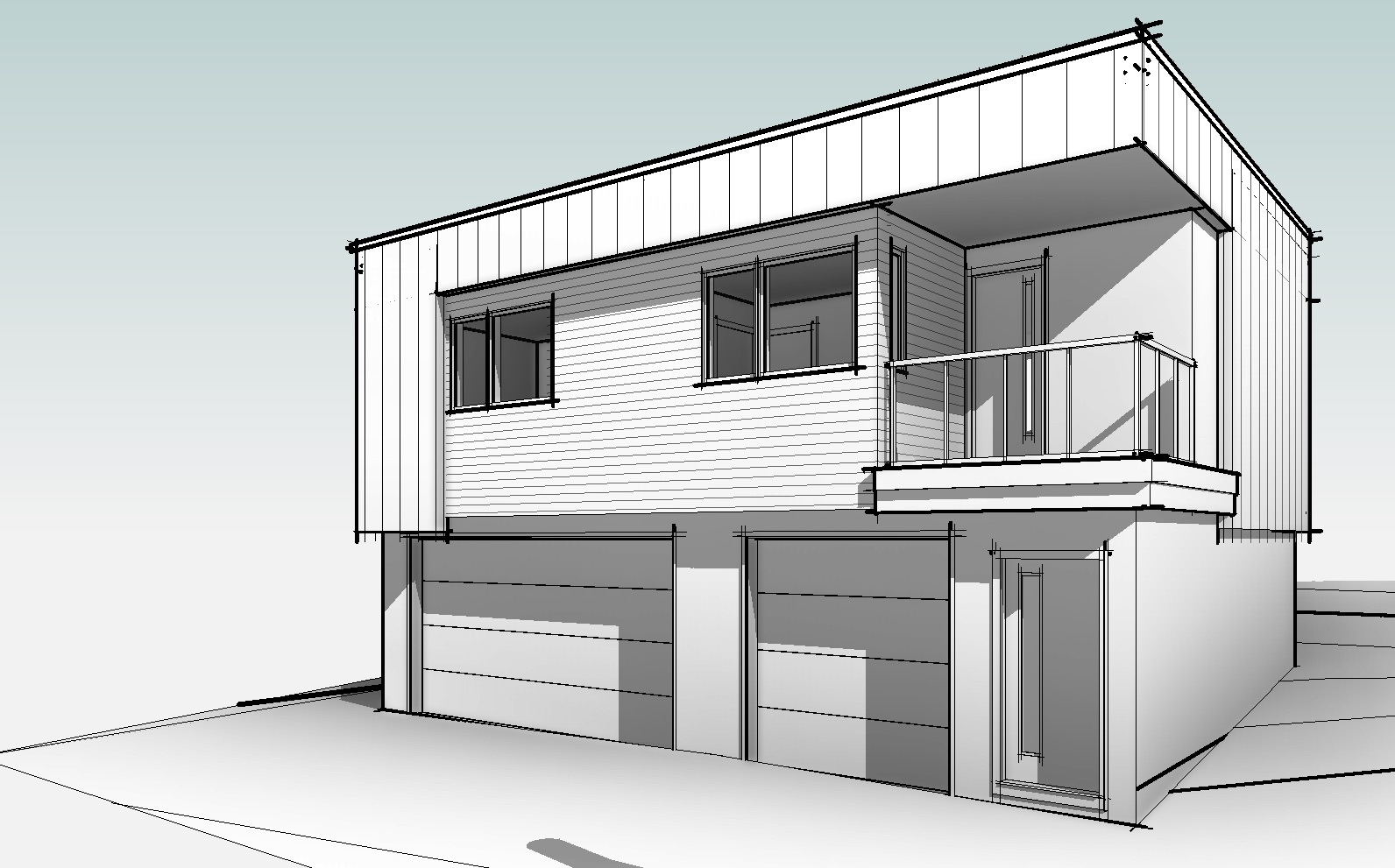From September 1, 2015 to March 3, 2017, the City of Calgary is offering a Development Permit (DP) exemption for Secondary Suites. This means that if your property is permitted to have a Secondary Suite, you can go directly to the Building Permit stage and avoid the fees and delay associated with a DP application.
The City has a web page for suites, but at the time of this post, the page is misleading. It indicates that Backyard Suites are considered Secondary Suites, but this is not the case. Secondary Suites must meet the following (and other) conditions:
- contain two or more rooms used or designed to be used as a residence by one or more persons,
- contain a kitchen, living, sleeping and sanitary facilities,
- is self-contained and located within a Dwelling Unit, and
- is secondary to the main residential use on the parcel.
Therefore, Secondary Suites are only those suites that are within a Dwelling Unit, or house, on a property. Backyard Suites, such as those above a garage, are considered discretionary and will still require a Development Permit. That said, the fee for this permit is also waived.
Properties that are eligible for permitted Secondary Suites are those that are zoned R-1s, R-C1s, R-C1Ls, R-2, or R-C2 and meet the respective minimum parcel width, depth and area requirements. For example, R-1s properties must be 15m wide, 30m deep, and have a minimum area of 330m2, whereas R-C2 properties must be 9m wide, but have no depth or area restrictions.
If your property needs to be redesignated to one of these districts to allow for a Secondary Suite (such as from R-C1 to R-C1s), the City is also waiving the fee for that application as well!
You can read more on the City's blog.
